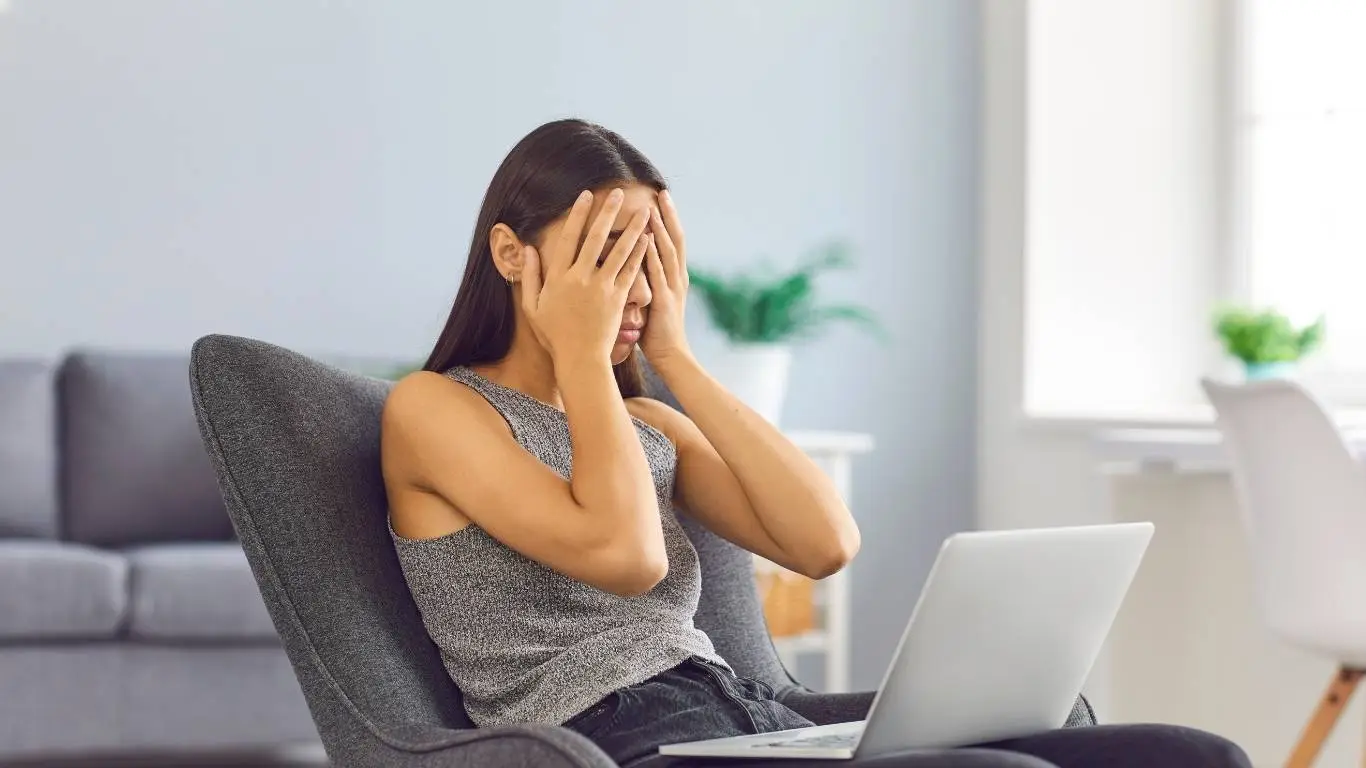Best Yoga Poses For Back Pain That Truly Relieve Tension
Let me be honest — I used to roll my eyes at the thought of yoga fixing anything beyond a stiff neck from sleeping wrong. But after years of struggling with chronic lower back pain (thank you, desk job and zero posture awareness), yoga slowly became a non-negotiable part of my routine. And no, I’m not a yogi. I can barely touch my toes. But when I say some simple yoga poses for back pain changed the game for me, I’m not exaggerating.
Why Yoga Works for Back Pain Relief

Back pain isn’t always about pulled muscles or herniated discs. Sometimes, it’s poor posture, tight hips, weak core muscles — all things yoga gently addresses without the intensity of a workout that leaves you sore for days. Yoga strengthens the muscles that support your spine, improves flexibility, and teaches you to move with awareness. That’s the trifecta for back health right there.
The Science Supports It
Studies have shown that yoga can significantly reduce both the intensity and frequency of back pain. The NIH even highlights yoga as a recommended complementary therapy for chronic low back pain. It’s not just trendy — it’s effective.
Beginner-Friendly Yoga Poses That Help with Back Pain

These aren’t the bend-into-a-pretzel kind of poses. These are beginner-friendly, feel-good moves that don’t require crazy flexibility. Most of these can be done right in your living room. Here’s what helped me the most when I was just getting started:
-
Child’s Pose (Balasana)
Why it works: Gently stretches the lower back and hips. It’s a rest pose that gives your spine a break. -
Cat-Cow Stretch
Why it works: Increases spinal mobility and brings awareness to how your back moves. -
Supine Twist
Why it works: Releases tension in the lower back and improves spinal flexibility. -
Bridge Pose
Why it works: Strengthens the glutes and lower back while giving a nice front body stretch. -
Sphinx Pose
Why it works: Encourages gentle extension through the lower spine and strengthens the back.
What Helped Me Stick With It
Honestly, it wasn’t discipline — it was pain. I just didn’t want to keep popping ibuprofen every few hours. I started with 10 minutes in the morning before work. No pressure, no perfection. Some days it was just one pose. But over time, I noticed something wild — I was moving better, sleeping better, and actually looking forward to that mat time.
Common Back Pain Triggers Yoga Can Help With

- Desk jobs and poor posture – Yoga helps counteract the hunched-forward position so many of us live in.
- Stress and tension – Poses that open the chest and focus on breath can reduce muscular tension caused by stress.
- Weak core and glutes – Yoga builds strength in key muscle groups that support your spine.
- Tight hips and hamstrings – These muscles often pull on the lower back, contributing to pain.
If any of that sounds familiar (it did for me), integrating yoga a few times a week could be a game-changer. And it’s not just physical — the mental-emotional benefits are real too. That’s a big part of why mind-body aspects of back pain are finally getting the attention they deserve.
Tips for Getting Started Without Making It Weird

- Start small – Even 5–10 minutes can make a difference.
- Use props – A pillow, folded towel, or yoga block can make poses more comfortable.
- Don’t worry about how it looks – This isn’t Instagram yoga. It’s about feeling better, not performing.
- Breathe – If you’re not breathing steadily, back off a bit. Comfort over contortion.
There’s no single right way to do this. Some days I skip poses I don’t like, and that’s fine. Over time, my body tells me what it needs. That kind of self-awareness — that’s the real win.
To go deeper into the causes and anatomy of back pain itself, I found this guide super helpful: Types and Anatomy of Back Pain. It explains why certain stretches feel so good when your back’s acting up. And if you’re curious about building an overall strategy, not just yoga, check out the full overview on Back Pain Management.
Deepening Your Practice: Advanced Poses and Modifications

Once I got the hang of the basics, I started exploring poses that offered a deeper stretch or stronger activation. Don’t worry — I’m still not doing headstands or twisting like a pretzel. But stepping up my game with a few more poses helped me break through some of the nagging stiffness that lingered even after I was mostly pain-free.
-
Downward-Facing Dog
Why it works: It elongates the spine, stretches the hamstrings and calves, and builds shoulder strength. It took me weeks to do this without feeling like I was just folding over like wet laundry — but wow, did my back thank me. -
Pigeon Pose
Why it works: Deep hip opener. Loosening tight hips can dramatically reduce pressure on the lower back. I resisted this one for months until I realized how much tension I was storing there. -
Locust Pose
Why it works: Targets the entire posterior chain — upper back, lower back, glutes. It’s subtle but powerful. -
Thread-the-Needle
Why it works: Great for shoulder and upper back tension, especially if you sit or hunch a lot.
If some of these feel intimidating, try the modified versions. You can use props, cushions, or even perform them against a wall or lying down. That’s one of the beautiful things about yoga — you can always adapt it to where you are.
Yoga and the Mind-Back Connection

One thing I didn’t expect when I started yoga was how much of my back pain was tied to stress and tension. It wasn’t just about the posture. It was the weight of deadlines, anxiety, and even how I breathed. Yoga gave me more than stretches — it gave me awareness. Breathing into tension. Noticing when I was clenching my jaw or rounding my shoulders out of habit. That stuff adds up, and yoga helped unwind it all.
If you want to learn more about the mental and emotional contributors to back pain, I highly recommend reading through this deeper dive: Mental & Emotional Aspects of Back Pain. It helped me understand how emotional stress shows up in the body — especially the back.
How Often Should You Practice?

This is the million-dollar question. For me, the sweet spot was 3–4 times per week. Some weeks, it’s every day for 10 minutes. Other weeks, I miss a few days and my body lets me know it wasn’t happy about that. Even just doing two poses each morning made a difference in my spine and my sanity.
And when I needed more structured rehab-focused guidance, I followed routines like those mentioned here: Exercise, Rehab & Ergonomics for Back Pain. They mesh perfectly with a yoga-based routine and keep everything aligned.
Precautions: When Yoga Isn’t Enough (or Might Not Be Right)

I love yoga. I recommend it all the time. But it’s not a magic bullet. If you’re dealing with serious conditions like herniated discs, nerve compression, or sharp, shooting pain, get evaluated by a medical professional. Yoga can still help in many of those situations, but you need to know what you’re working with. I took a break when my sciatica flared up, and came back slowly with help from a physical therapist. No shame in that.
Also, if you’re trying yoga and the pain gets worse — not just sore-muscle worse but something-feels-wrong worse — stop. That’s your body talking, and ignoring it won’t earn you any medals.
Tools That Made a Huge Difference

- Yoga Blocks: For support in deeper poses or when you’re tight.
- Yoga Strap: Helps with alignment and flexibility, especially in hamstring stretches.
- Thick Yoga Mat: Extra cushion = extra comfort for the spine.
- Bolster or Pillow: For restorative poses and gentle backbends.
These aren’t expensive. I picked up my first mat and block at a discount store. The idea is comfort, not aesthetics. As long as you’re consistent, your tools will return the investment tenfold in mobility and relief.
Complementing Yoga with Smart Lifestyle Choices

Yoga is just one piece of the puzzle. I saw the best results when I paired it with smarter posture habits, standing more during work hours, and being mindful of how I lifted things or slept. Nutrition and movement go hand in hand too. Check out the recommendations in Lifestyle, Diet & Natural Remedies for Back Pain — I found some great practical tips in there that supported my recovery holistically.
And of course, always refer to the main back pain hub to explore all the tools and strategies that align with your condition, lifestyle, and goals.

Camellia Wulansari is a dedicated Medical Assistant at a local clinic and a passionate health writer at Healthusias.com. With years of hands-on experience in patient care and a deep interest in preventive medicine, she bridges the gap between clinical knowledge and accessible health information. Camellia specializes in writing about digestive health, chronic conditions like GERD and hypertension, respiratory issues, and autoimmune diseases, aiming to empower readers with practical, easy-to-understand insights. When she’s not assisting patients or writing, you’ll find her enjoying quiet mornings with coffee and a medical journal in hand—or jamming to her favorite metal band, Lamb of God.






